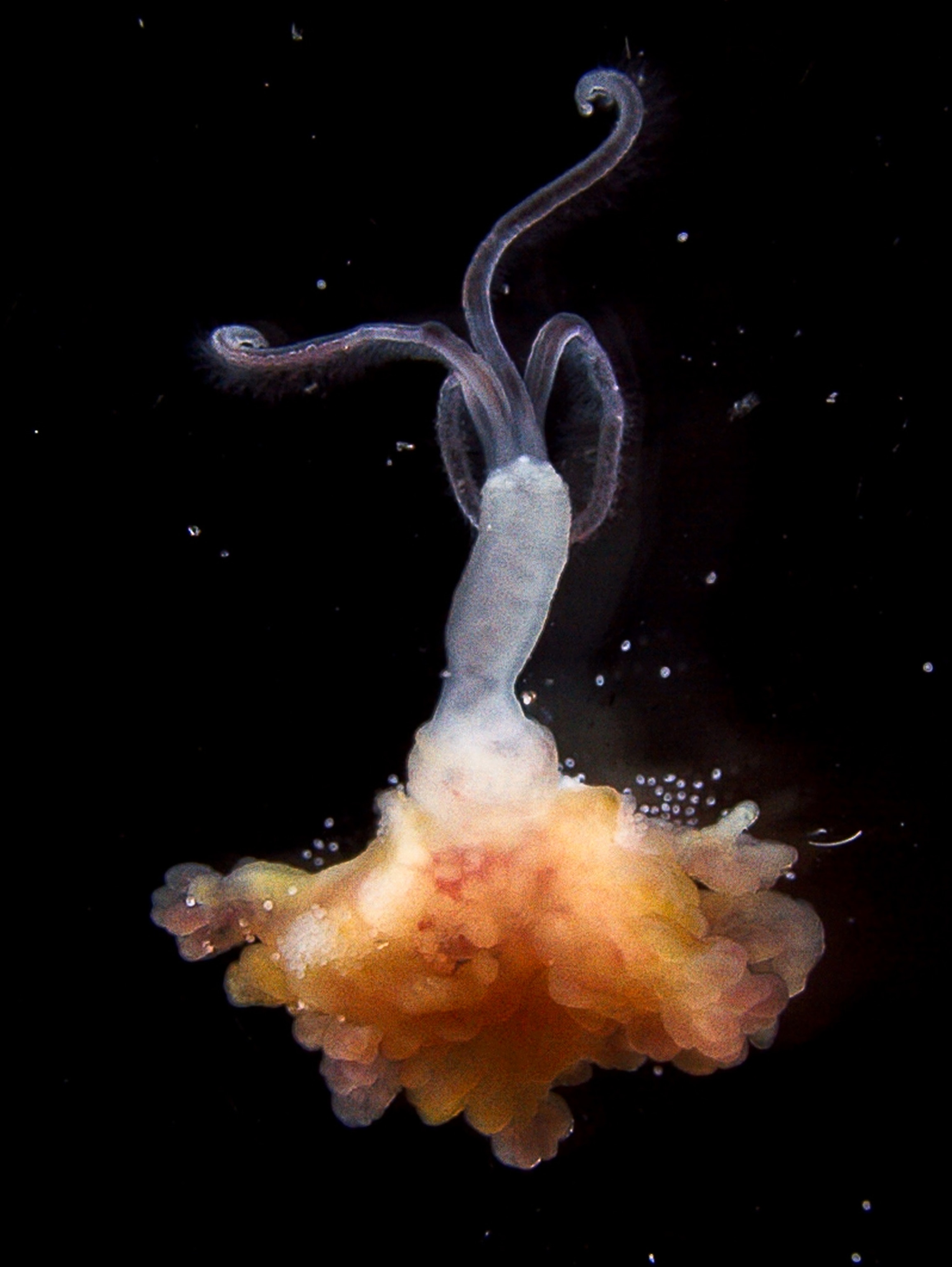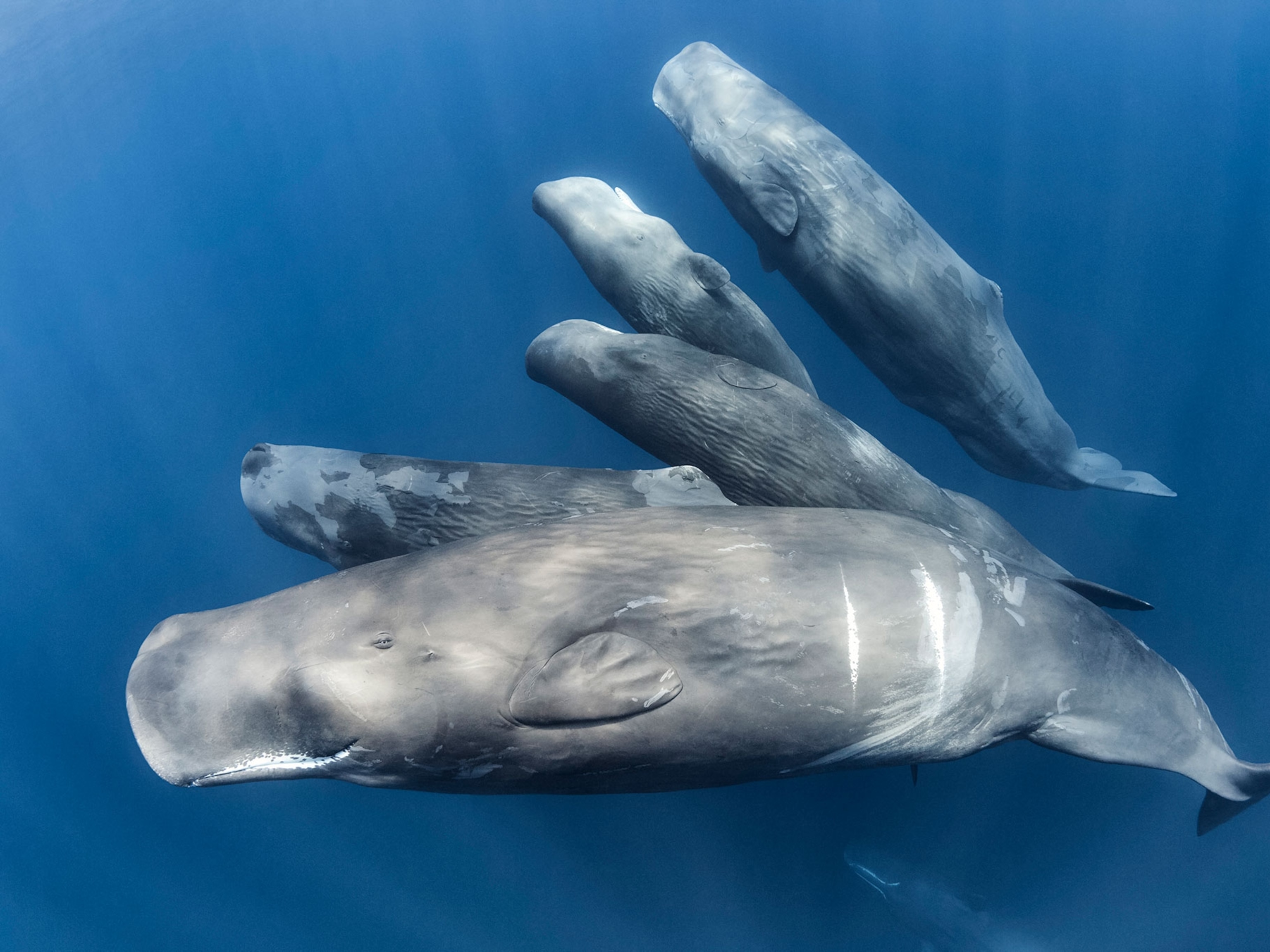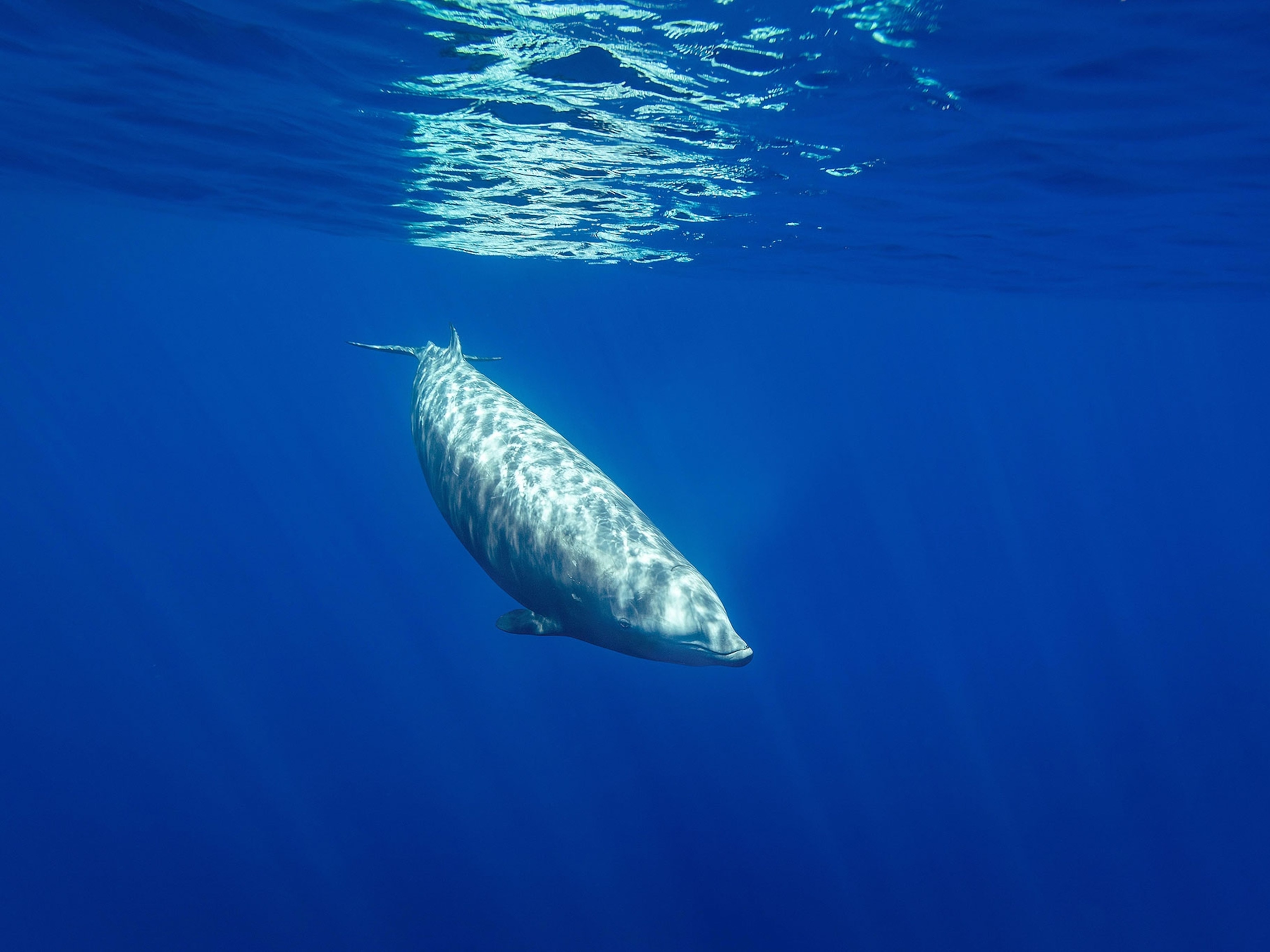
“Zombie” Worms Mate Inside Whale Bones
When it comes to the creepy factor, Osedax worms—nicknamed “zombie worms”—beat out even the goriest zombie movies of modern pop culture.
Originally discovered off the coast of California in 2002, Osedax—whose name is derived from the Latin for “bone eating”—got its name for its peculiar living quarters: the bones of a decomposing gray whale. These deep-dwelling worms secrete acid to bore through the hard outer bones of whales and other large vertebrate skeletons to reach the nutritious oils within. (See “New Worms Eat (and Eat and Eat) Only on Dead Whales.”)
The weirdness doesn’t stop there. Unlike many species of animals, female Osedax worms are much larger than the males—so much larger, in fact, that 50 to 100 males can live inside the female in one of nature’s most bizarre harems.
The males’ sole purpose, as far as researchers have been able to figure out, are as sperm providers. But scientists still didn’t know exactly how these worms developed and reproduced.
The Bare Bones
To study the worms’ mating process, Norio Miyamoto and colleagues at the Japan Agency for Marine-Earth Science and Technology obtained a set of whale bones from off the coast of Cape Noma, Japan. (See more pictures of bone-eating worms.)
The researchers added pieces of these bones to the petri dishes containing O. japonicus larvae of both genders. Six weeks after the female larvae moved into their new whale-bone homes, they began to pump out eggs, which were then fertilized by the dwarf males.
“This rapid sexual maturation of females, alongside the male dwarfism which was observed, enables the worms to reproduce effectively in the food-rich but highly isolated habitat of whale bones,” according to the study, published recently in the journal Naturwissenschaften.
Whale skeletons are often separated by huge distances, which would make finding mates difficult—hence, the females carry a lot of little males with them. (Related: “Dead Whale Contains a Bounty of Life.”)
The team also found that the newborn larvae could survive for ten days in the water without eating—allowing the young animals to drift until they find other promising corpses.




